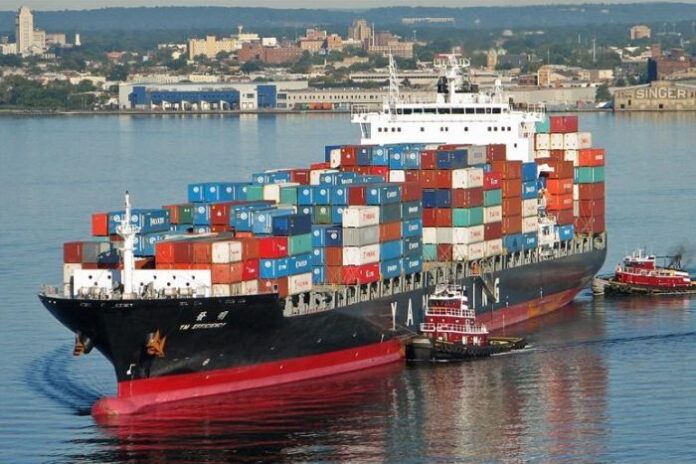By David Uren
A recurrent theme in Australia’s defence strategy has been our reliance on and need to defend Australia’s trade routes in a globalised world. The vulnerability of Australia’s limited stockpiles of critical goods and its concentrated sources of supply have driven military capability and planning for decades and remain a justification for strategic investments. (Australian Strategic Policy Institute)

